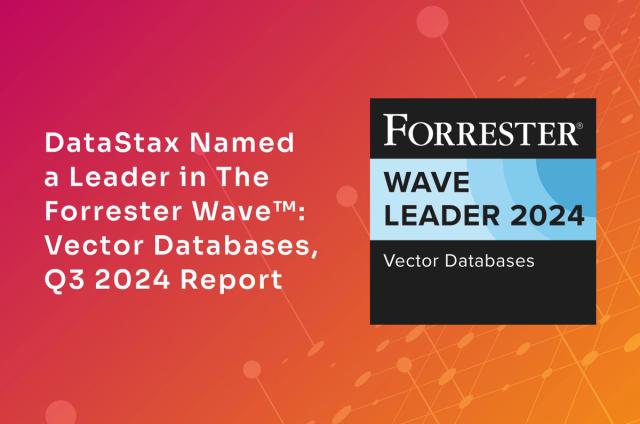How to Make Hybrid Cloud Easy

The hybrid cloud advantage: fast development; hassle-free and affordable scale; apps running lag-free on any device anywhere thanks to containerized distribution. These are just a few of the benefits of combining public and private clouds into hybrid and multi-cloud environments.
Bringing data, apps, and separate clouds together to form a cohesive whole might seem daunting to organizations new to hybrid clouds. But there is a way to streamline the process and make it easier.
Follow these six essential steps:
1. Take Stock and Plan
First, determine what cloud resources you need based on the demands of your applications and data as well as the services required to support them. In other words, figure out what data and what apps you need to put in what clouds.
Is your business seasonal, requiring a sharp increase in capacity to meet sudden increases in demand, for example, to handle Black Friday ecommerce sales? Plan for "bursting" capacity for the relevant apps and data via public cloud resources.
Do you have large amounts of sensitive data? It might be best relegated to a potentially more secure private cloud environment, although security continues to improve in public clouds.
the controls available to you in any public clouds you consider along with separate security services that can mitigate any potential risks. Now, with this understanding of your data, apps, and requirements, take an inventory of available cloud resources.
2. Connect the Dots
Next, integrate the data and apps in the various clouds within your hybrid cloud. Look for these three main integration types:
- Control integration, in which one application controls another application to do its work.
- Data integration, in which applications use data produced by other applications or share data.
- Display integration, in which applications display results together, for example, on a dashboard.
Now you can start to realize the benefits of the hybrid cloud to link apps and data across lines of business and systems and eliminate data silos. To facilitate these connections, make sure that the clouds you use support open standards and that your apps leverage service-oriented architectures and APIs to more easily share data and software components.
3. Get Autonomy
Taking full advantage of a hybrid cloud means establishing data autonomy. With data autonomy, your data remains accessible across servers located anywhere, to any application in your enterprise, without vendor lock-in. That means you keep control over your data, no matter what cloud or on-premises system it resides on.
It means giving you data agility, allowing your organization to react quickly to business and customer demands and respond to threats with no interruption in services or loss of valuable data.
4. Containerize Applications
Now that you’ve liberated your data, you’ll need to do the same for your applications. Containers set your applications free by making them available on any server as needed, regardless of OS, without the bulk (and corresponding expense) of virtual machines.
A container wraps an application and all of its libraries, configuration files, and other necessary features into one package, without including its entire operating system. Containers make it easy to separate applications from data, and even break applications into microservices that can serve more than one application, all while saving storage space.
5. Manage Your Hybrid Cloud
Once you’ve established your hybrid cloud environment, you have to manage it. The seemingly complex task of wrangling resources in multiple clouds for effective data management gets easier with a single point of management enabled by APIs coordinating different management systems.
Start by evaluating your existing data management tools. In many cases, you can extend the data management tools you already have in place to cover data in the cloud as well. Cloud platforms also come with data management tools of their own that can extend to covering data on premises. You can also take an integrated approach that combines on-premises and cloud-based tools with the help of specialized tools such as those built into DataStax Enterprise.
6. Plan for Challenges
Finally, a good hybrid cloud strategy includes plans for being resilient to service outages, natural disasters, and cyberattacks—or avoiding such disasters entirely. Fortunately, hybrid clouds provide resiliency that simplifies preparedness.
For example, Apache Cassandra’s™ masterless, peer-to-peer architecture can share the same data with more than one server at a time, even across data centers. That way, when disaster strikes, applications can automatically switch to an uncompromised server with no interruption in service. It’s just one more benefit of hybrid cloud.
For hybrid cloud, DataStax gives you the freedom and flexibility to easily and quickly deploy your data-driven applications across any combination of on-premises data centers and cloud providers, while ensuring your database systems remain secure and future-proof from any changes in scale, speed, or location requirements. That’s the power of hybrid cloud and DataStax combined.




